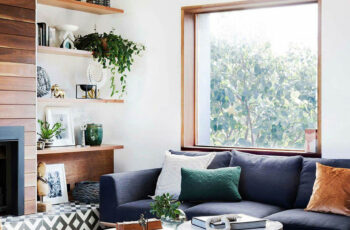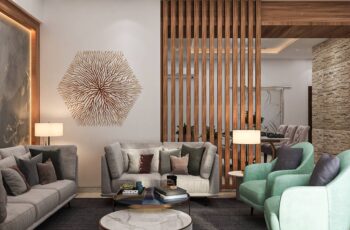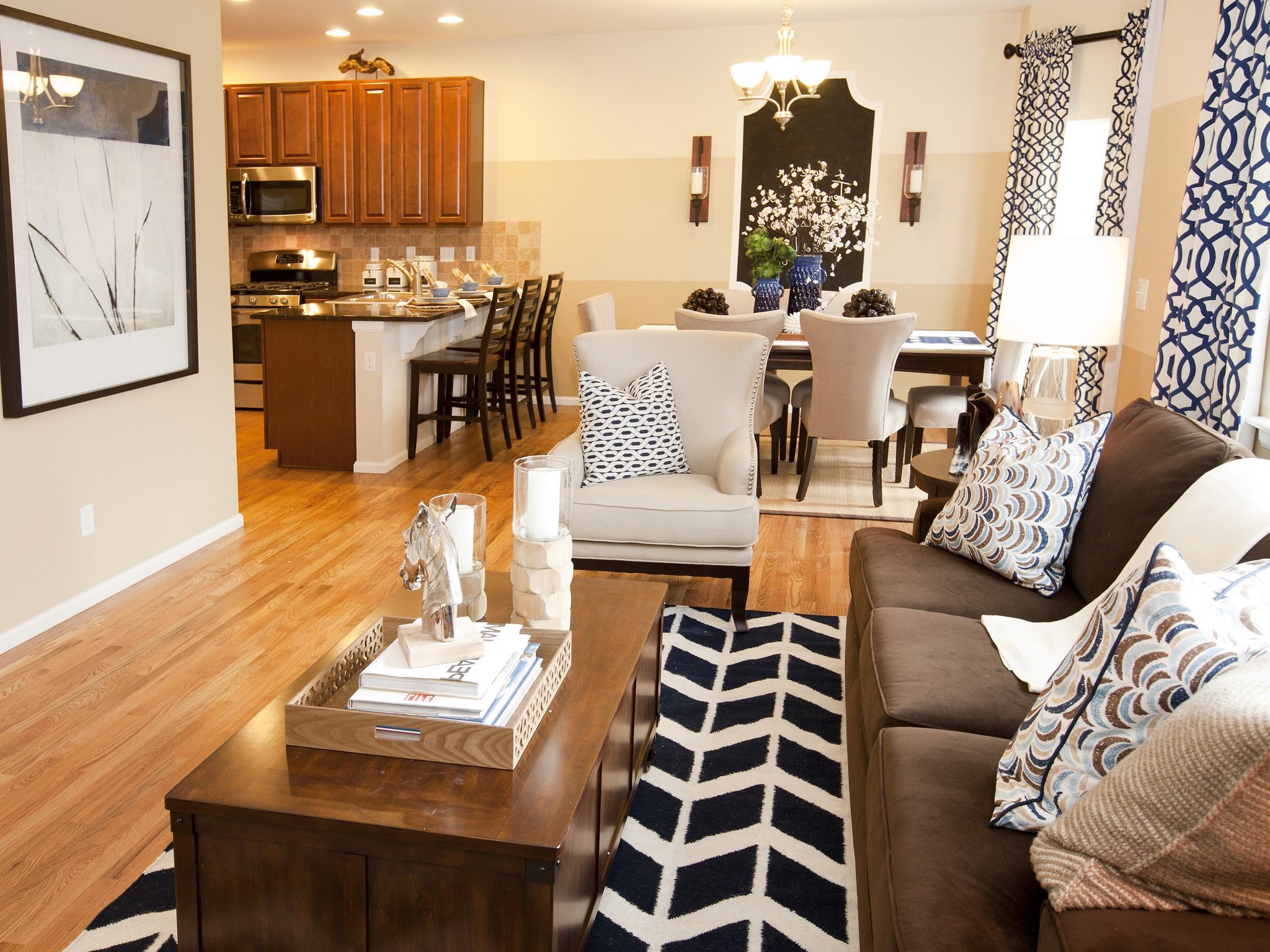
Seamless Style: Mastering the Art of Living Room and Dining Room Combo Decorating
The modern home often blurs traditional boundaries, with open-concept layouts becoming the norm. Among the most popular iterations of this design philosophy is the combined living room and dining room. Far from being a compromise on space, this versatile configuration offers a wealth of opportunities for enhanced flow, natural light, and social interaction. However, achieving a harmonious, functional, and aesthetically pleasing combo space requires a thoughtful approach that balances cohesion with distinct zoning.
This guide delves into the art of decorating a living room and dining room combo, offering a comprehensive roadmap to transform your space into a true testament to seamless style and practical living.
1. The Foundation: Planning and Layout
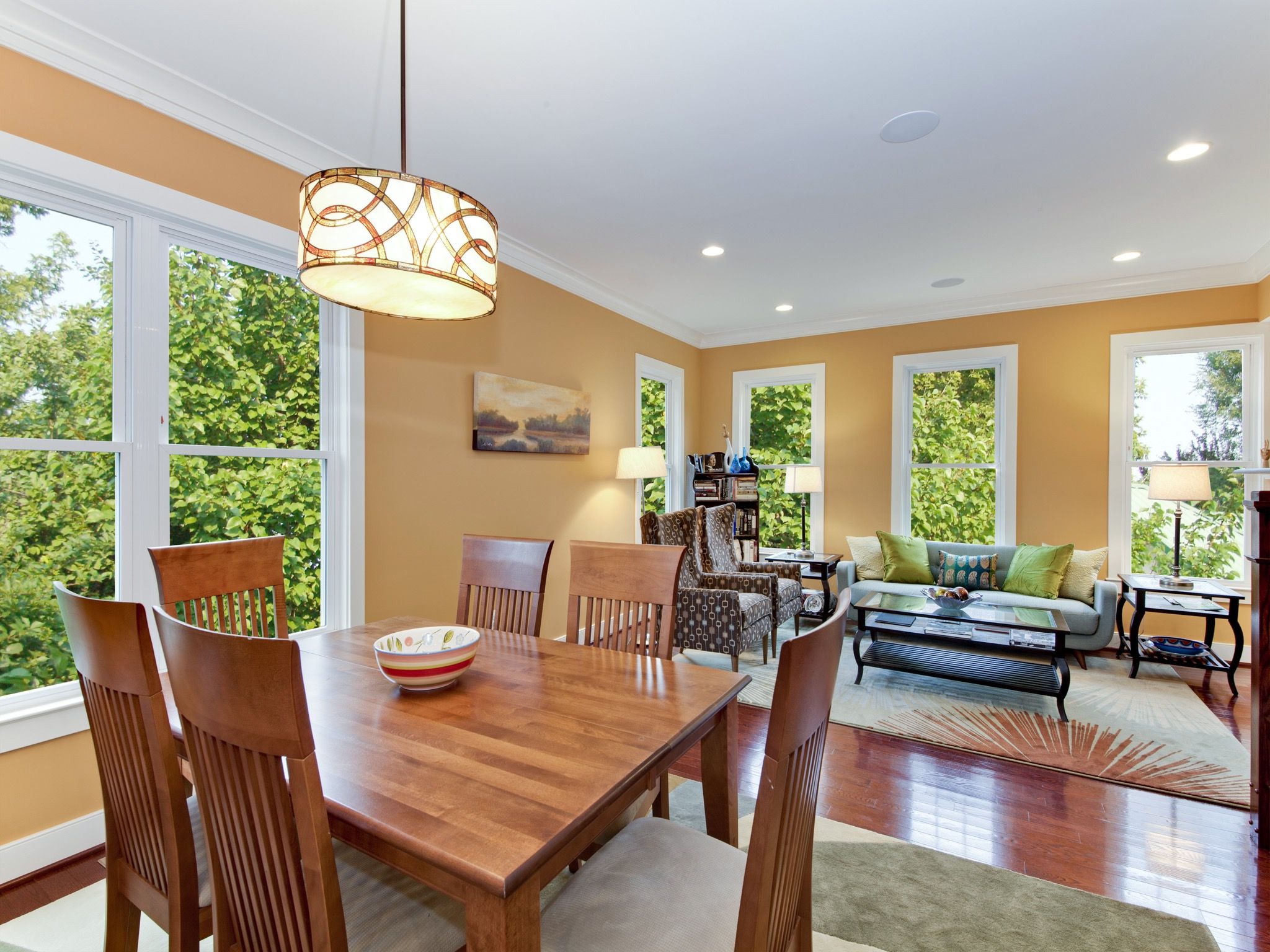
Before you even think about paint swatches or furniture, the most crucial step is meticulous planning. Understanding your space, its natural light, and your lifestyle will inform every subsequent decision.
- Assess Your Space: Take accurate measurements of the entire combined area. Note the placement of windows, doors, outlets, and any architectural features like fireplaces or built-in shelving.
- Define Zones: Mentally (or physically, with tape on the floor) delineate the boundaries for your living area and dining area. Consider how much space each activity truly needs. Will the dining table be used daily, or primarily for entertaining? How many people do you typically host in the living room?
- Traffic Flow: Ensure clear pathways between the two zones and to other areas of your home. You don’t want furniture obstructing natural routes. A general rule of thumb is to allow at least 30-36 inches of clearance for walkways.
- Scale and Proportion: This is paramount in a combined space. Oversized furniture can overwhelm, while too many small pieces can make the room feel cluttered. Choose furniture that is proportionate to the size of each designated zone and to the overall room.

2. Unifying Elements: Creating Cohesion
While you want to define distinct areas, the overarching goal is for the entire space to feel connected and intentional. This is where unifying elements come into play.
- Consistent Color Palette: This is the most powerful tool for creating visual harmony. Choose a primary color scheme (2-3 main colors, plus neutrals) that extends across both zones. You can vary shades and tints within that palette to add depth without breaking continuity. For instance, a light grey on the living room walls could be complemented by a darker grey accent wall in the dining area, with pops of a shared accent color like teal or mustard.
- Shared Materials and Textures: Echo materials between the two spaces. If you have a wooden coffee table in the living room, consider dining chairs with wooden legs or a wooden serving tray in the dining area. Similarly, repeat textures – perhaps a boucle fabric on a living room armchair could be subtly referenced with a boucle placemat or a textured vase in the dining zone.
- Harmonious Lighting Style: While the type of lighting will differ (ambient vs. task), maintain a consistent style. If your living room features modern, sleek lamps, avoid overly ornate or rustic fixtures in the dining area. From a grand chandelier over the dining table to cozy floor lamps and task lighting in the living space, ensure the finishes (e.g., brushed brass, matte black) and overall aesthetic complement each other.
- Unified Flooring: Ideally, the flooring should be consistent throughout the combined space. This creates an uninterrupted visual flow, making the area feel larger and more cohesive. Hardwood, laminate, or large-format tiles are excellent choices. If you have different flooring, use large area rugs to help bridge the visual gap.
- Overall Style: Decide on a dominant decorating style (e.g., Scandinavian, minimalist, bohemian, modern farmhouse, classic contemporary) and stick to it for both areas. This ensures all pieces, from major furniture to small accessories, work together seamlessly.
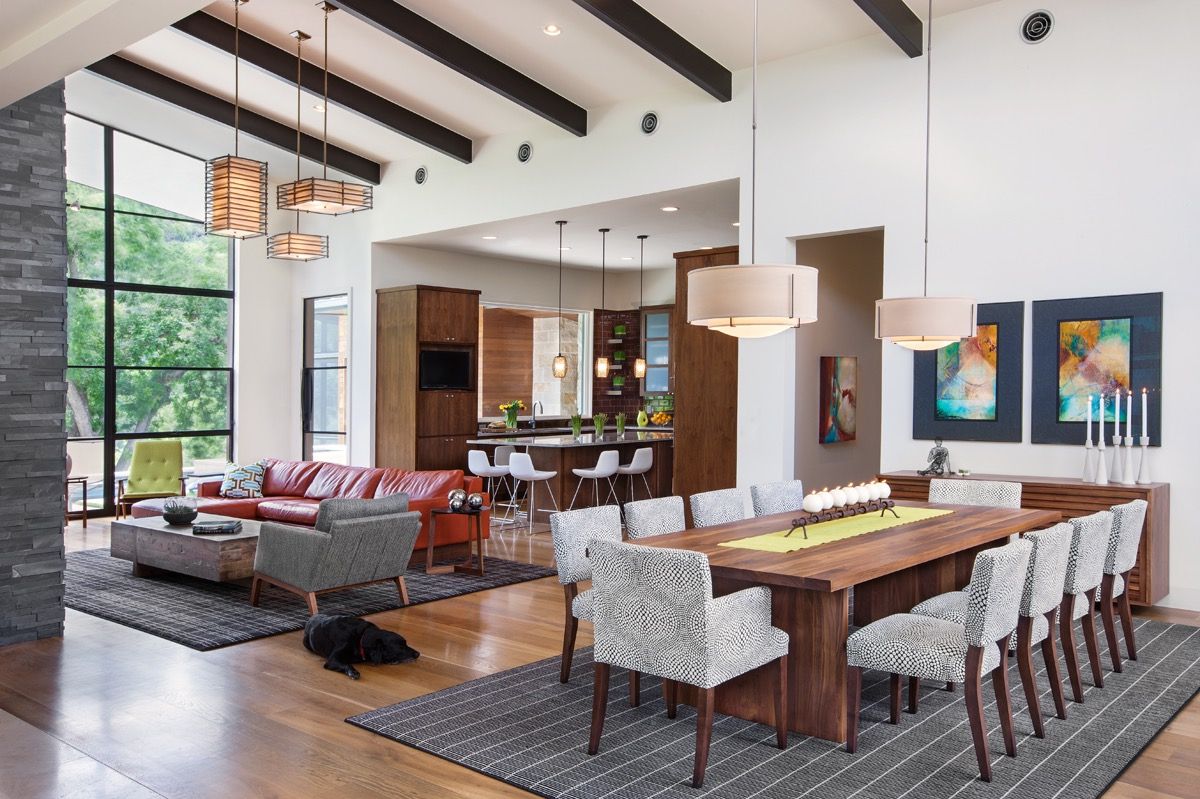
3. Defining Zones: The Art of Subtle Separation
The biggest challenge in a combo space is defining distinct areas without building walls. The trick is to use visual cues and smart furniture placement.
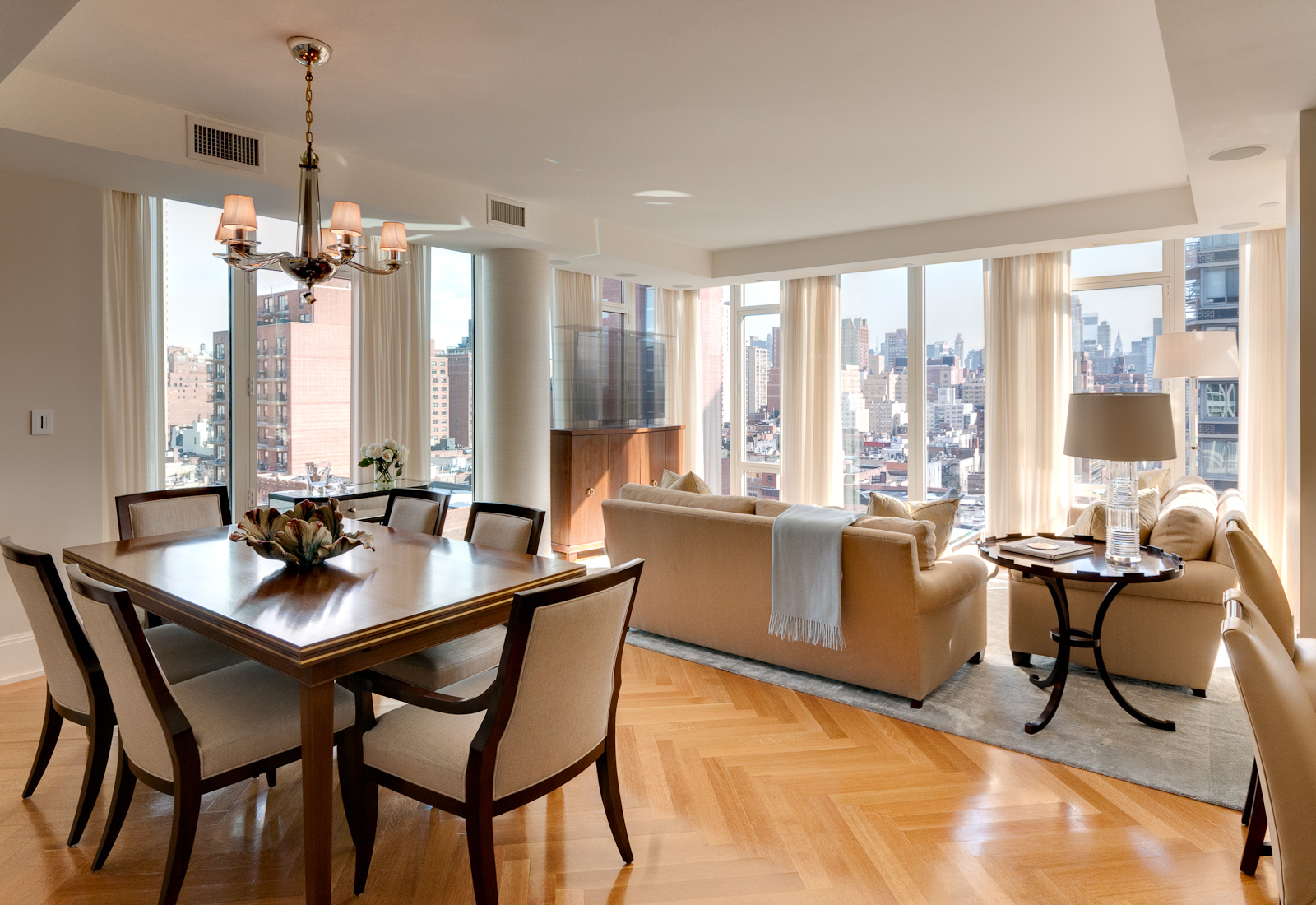
- Area Rugs: This is perhaps the most effective and versatile way to delineate zones. A large area rug under the living room seating arrangement immediately anchors that space, while another rug (or none, for easier dining cleanup) in the dining area clearly defines its boundaries. Ensure rugs are appropriately sized – large enough to accommodate all major furniture pieces within their zone.
- Furniture Arrangement:
- Back-to-Back Sofas: If space allows, placing two sofas back-to-back, with one facing the living room’s focal point (like a TV or fireplace) and the other facing the dining area, can create a natural division.
- L-Shaped Sectional: An L-shaped sectional sofa can naturally define the living room boundary, with the shorter arm acting as a subtle barrier to the dining area.
- Console Tables/Credenzas: A long, low console table placed behind a sofa facing the dining room can act as a visual break and offer additional display or serving space.
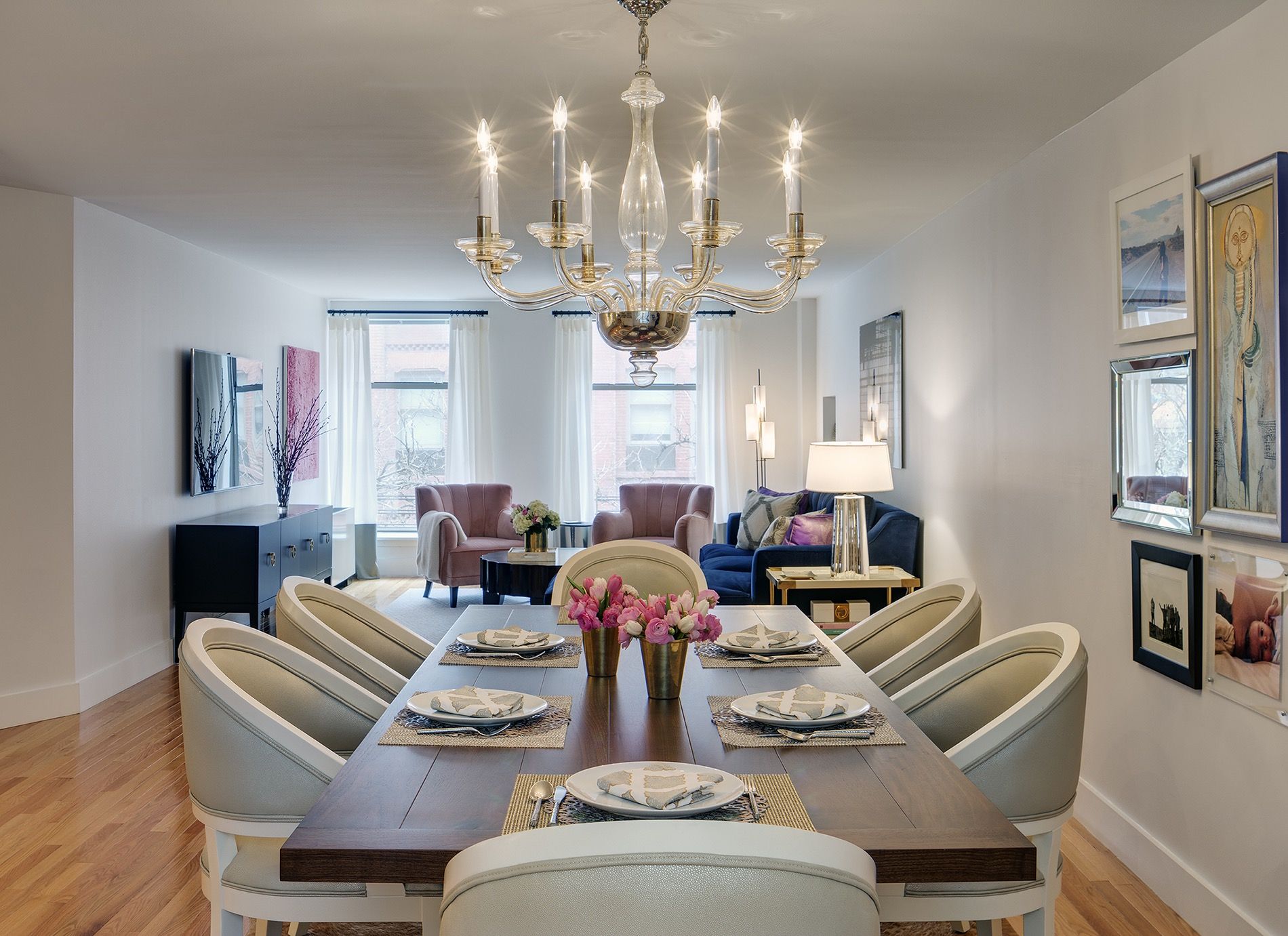

- Room Dividers (Subtle Options):
- Open Shelving Units: A tall, open bookshelf can provide a permeable barrier, allowing light and some sightlines through while still separating the spaces. It also offers valuable storage and display opportunities.
- Screens: Decorative folding screens can be moved as needed, offering flexibility.
- Half-Walls or Pony Walls: If you’re undertaking a renovation, a low half-wall can provide a permanent, subtle division without blocking light.
- Large Plants: A tall, leafy plant can create a natural, organic "wall" that adds life and defines a corner.
- Lighting: Use different types of lighting to highlight each zone. A statement pendant or chandelier over the dining table clearly marks that area, while various lamps (floor, table, accent) create a cozy ambiance in the living room.
- Accent Walls or Paint: A subtle change in paint color or the addition of wallpaper on one wall in the dining area can differentiate it from the living room, even if the overall palette is consistent. This works best when the accent is on a wall that clearly belongs to one zone.
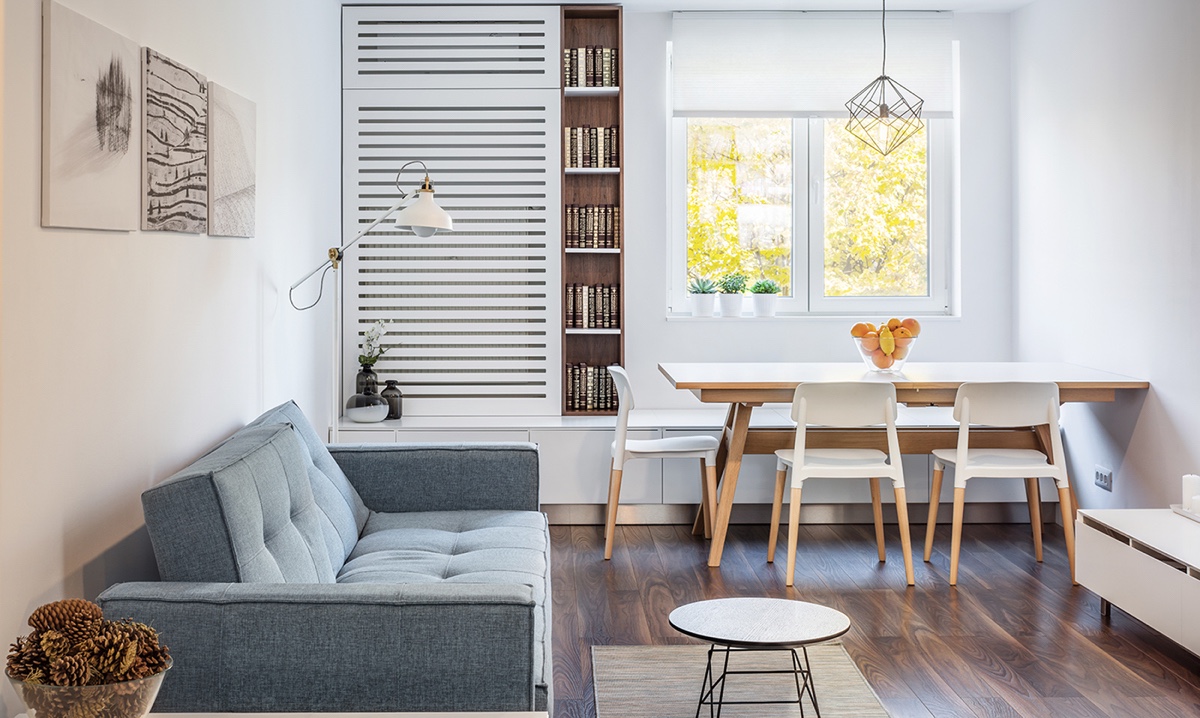
4. Furniture Selection: Smart Choices for Dual Functionality
Every piece of furniture in a combo space needs to earn its keep, offering both style and practicality.
- Multi-functional Pieces:
- Ottomans with Storage: Perfect for stashing blankets, magazines, or kids’ toys, and can double as extra seating or a coffee table with a tray.
- Sofa Beds: A great option for small spaces if you frequently have overnight guests.
- Console Tables: Can serve as an entry table, a bar cart, or extra buffet space during entertaining.
- Benches: Can provide extra seating at the dining table and then be moved to the living area for additional occasional seating.
- Scale and Proportion: Reiterate the importance of choosing pieces that fit the zones without overwhelming the room. Opt for streamlined, less bulky furniture where possible.
- Dining Table as a Workspace: In smaller apartments, the dining table often doubles as a home office. Choose a table and chairs that are comfortable for both dining and working.
- Ample Storage: Crucial for keeping clutter at bay, which is even more important in a combined space where everything is on display. Look for furniture with built-in storage.
5. Lighting: Illuminating Both Worlds
Lighting is not just about illumination; it’s about mood, function, and defining space.
- Layered Lighting: Employ ambient (overall light), task (for specific activities), and accent (to highlight features) lighting in both zones.
- Dining Area: A striking chandelier or pendant over the dining table provides task lighting for meals and acts as a focal point. Wall sconces or a buffet lamp can add ambient light.
- Living Area: Recessed lighting or a central ceiling fixture provides ambient light. Floor lamps and table lamps offer task lighting for reading and create cozy pockets of light. Accent lights can highlight artwork or architectural features.
- Consistency in Style: As mentioned before, ensure all light fixtures share a similar aesthetic to maintain cohesion.
- Dimmer Switches: Install dimmer switches on all overhead lights to adjust the ambiance for different activities and times of day. Bright for dinner prep, dim for a cozy movie night.
6. Storage and Organization: The Unsung Hero
The biggest enemy of a harmonious open-concept space is clutter. Without walls to hide messes, every item is on display.
- Built-ins: If your budget allows, built-in shelving or cabinetry can provide seamless, integrated storage that looks custom and organized.
- Credenzas and Sideboards: A stylish credenza in the dining area can store dinnerware, linens, and serve as a buffet. In the living room, a similar piece can house media components.
- Vertical Space: Utilize vertical space with tall bookshelves or wall-mounted shelving to store books, display decorative items, and keep floor space clear.
- Baskets and Bins: Employ attractive baskets and decorative bins to contain smaller items like remote controls, toys, or extra throw blankets.
- Declutter Regularly: A disciplined approach to decluttering is non-negotiable in a combo space. Adopt a "one in, one out" policy and regularly purge items you no longer need.
7. Personal Touches and Decor: Bringing it to Life
Once the functional backbone is in place, it’s time to infuse your personality into the space.
- Art and Mirrors: Use artwork to add color and character. A large piece of art can be a focal point in the living room, while a gallery wall might work in the dining area. Mirrors can reflect light and expand the perception of space, especially effective on a wall opposite a window.
- Plants: Greenery adds life, warmth, and a touch of nature. Large floor plants can also help subtly define zones.
- Curated Accessories: Choose accessories (vases, candles, sculptures, decorative bowls) that resonate with your chosen style and color palette. Don’t overdo it; a few well-chosen pieces are more impactful than many small, random items.
- Personalization: Display family photos, travel souvenirs, or cherished heirlooms to make the space uniquely yours.
- Balance: While you want each zone to feel distinct, avoid making them feel like two entirely separate rooms. Ensure a visual connection through the shared elements mentioned earlier.
Conclusion
Decorating a living room and dining room combo is an exciting design challenge that, when executed thoughtfully, can result in a highly functional, beautiful, and inviting space. By focusing on smart planning, cohesive design elements, strategic zone definition, and intelligent furniture choices, you can create an environment that seamlessly transitions between relaxation, entertaining, and everyday living. Embrace the open concept, and watch your combo space flourish into the heart of your home.

Seamless Style: Mastering the Art of Living Room and Dining Room Combo Decorating pictures collections gallery
Seamless Style: Mastering the Art of Living Room and Dining Room Combo Decorating is a nice pictures and stock photo for your computer desktop or your smartphone device (ipad, tablet, blackberry, iphone, and other device) and also for your personal use. Free available for desktop wallpaper or additional image collections for your all needs. And was uploaded by admit at date August 3, 2025. You can download it in your computer by clicking download button to save image... have nice day and have fun guys..
This 1 image in featured post from 0 Photos/images Gallery and awesome picture selections about Seamless Style: Mastering the Art of Living Room and Dining Room Combo Decorating is available to download. "Download & Save" images/pictures/wallpapers now and this Is one of the post that listed in packed to Category is Living Room Design Ideas directory, with image dimension/resolution size is 2048 × 1536 px and size image/picture file is 502 KB with original link post ID is : https://powae.pw/seamless-style-mastering-the-art-of-living-room-and-dining-room-combo-decorating/. Get download/save images in post and gallery, "download" images or "preview" it on a bigger image for spesification sample in Large size (full attachment size) here : [Download & View to Large size]. Just Simple way, in thumbnail or in Gallery. *Click images to view Large Size.We collect this wonderful image from online and choose one of the best for you. Pictures collection that posted here was carefully chosen and published by author after choosing the ones which are best among the others. So, ultimately we make it and here these list of best image for your inspiration and informational reason regarding the Seamless Style: Mastering the Art of Living Room and Dining Room Combo Decorating as part of blogsite exclusive updates collection. So, take your time and find the best informations and pictures posted here that suitable with your needs and use it for your own collection and personal use. About Image information: Image has been submitted and You are able to give your opinion as evaluations to our web site value.
Don't forget to comment if you interest with this images, you can share this post to social media like as facebook, twitter, google+, pinterest, stumbleupon, and more. just click social media buttons for share this post Seamless Style: Mastering the Art of Living Room and Dining Room Combo Decorating Now. :)
Thanks for your visit, I hope you happy come to opo wae, wis opo wae, and get what you're looking for. And hope sometimes you will come back again here. All you need to do is help us develop by discussing this Seamless Style: Mastering the Art of Living Room and Dining Room Combo Decorating if you like it "leave your comment". have fun, Thank you.



